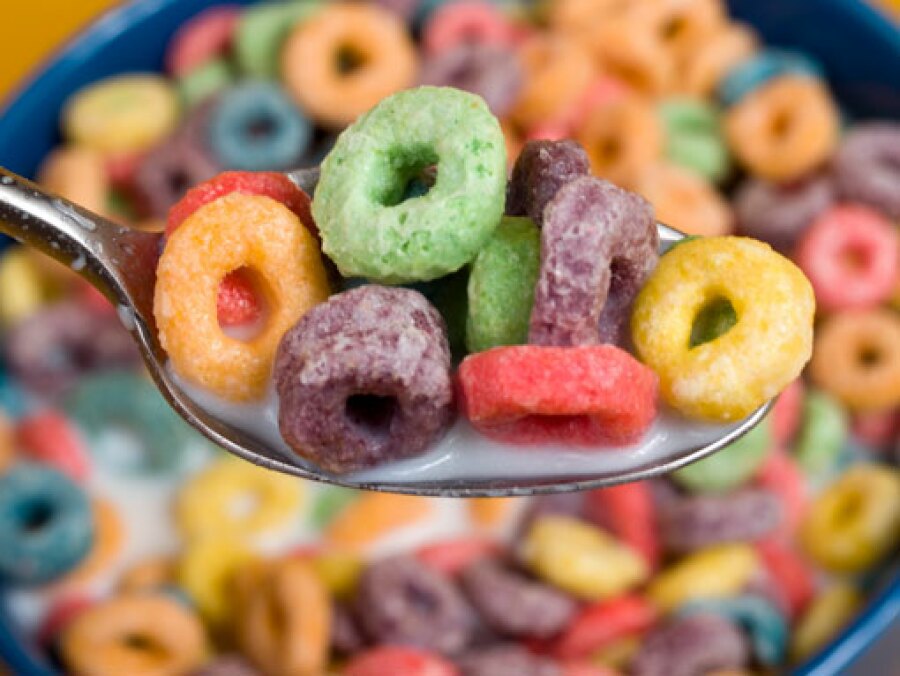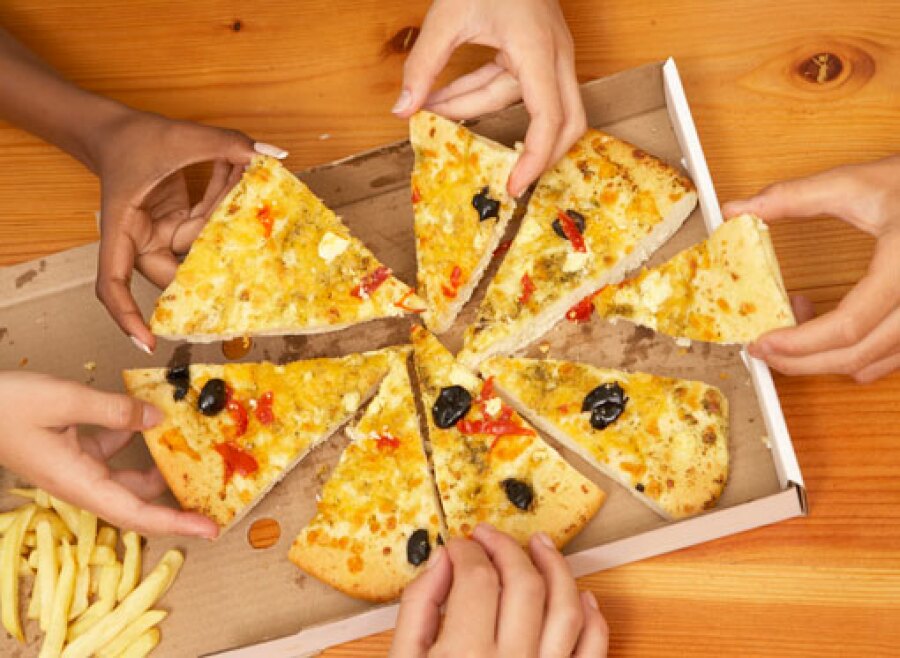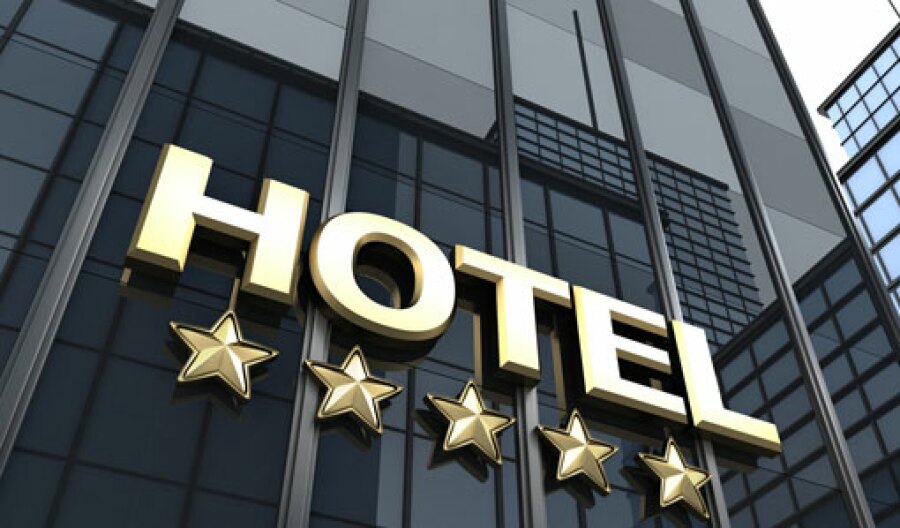While exploring Dublin the other day, wandering through streets a bit off the beaten path, my roommate — a fellow American — and I saw a bright pink building with “Candy Lab” scrawled in huge letters along the side. We went over to check it out.
Inside were Fruit Loops, Kraft macaroni and cheese, Hershey’s chocolates, Reese’s peanut butter cups, graham crackers, boxes of cake mix, soda pop in glass bottles, and shelves of Pop-Tarts. One wall contained a smorgasbord of candies — hard candies, gummies, sours, sugar-dipped sweets — all sold by weight.

We were thoroughly underwhelmed. Nothing spectacular to us, but other shoppers seemed really interested.
That’s when we realized: these treats aren’t available everywhere here. These were American brands and though they fill aisles of every store back in the States, they are a rarity here and have to be sought out very specifically.
I made a mental note of the store’s location for a time I was desperate and home-sick enough to pay €6 for a $0.20 box of mac and cheese, but saved my money for now.
Seeing commonplace items treated like novelties was a bizarre experience for me, especially given how many American brands populate Ireland. Less so in the rural regions, but Dublin is scattered with American franchises: Starbucks, Burger King, McDonald’s, KFC, and Subway, to name a few.
Though American in origin, the restaurants in Dublin are not typical of what I have come to expect in the United States. Dublin’s versions of these familiar favourites are like hybrids, putting an international twist on menus.
For example, we eat plenty of both, but we Americans tend not to eat fries with our pizza, yet Papa John’s here advertises meal deals including an order of “chips” with your pizza. The same goes for Chinese food, yet I have been asked “Rice or chips?” every time I’ve ordered at a Chinese food restaurant in Dublin. And although we love donuts, in the United States I would not be able to purchase one at a Burger King.

From an American’s perspective, it is as though these franchises have simply taken quintessentially “American” foods and added them to their selection choice, regardless of whether or not that is how it would be done in the States. There is not necessarily anything wrong with that, but it can be misleading in terms of perception of common American meals.
Perhaps most surprisingly, none of these venues seem to exclude anything from their menus used abroad, they’ve only expanded them. I’m sure there are small subtractions, but I have yet to notice any major, popular items missing; they’re just joined by more.
Outside of food franchises, American franchises are harder to spot, but they do pop up occasionally.
If you stay in a Hilton Inn or a Best Western on a trip to Dublin, I’m sorry to say you haven’t had the full Irish experience: those are American hotel franchises. They have mixed themselves well into the folds of Irish cities, just hints of American influence still lingering.

The blue and yellow logo of Best Western, for example, was instantly familiar to me, but the inside possessed a heavy Irish influence, a step too refined for a chain hotel in the United States. But they were catering to their visitors here.
I suppose that is the key to taking an American franchise overseas: knowing your audience. These franchisees took an American product that the rest of the world could enjoy, put a more local spin on it, and founded successful businesses. So though I may prefer being offered breadsticks with my pizza rather than chips, maybe that’s just an American thing. People here do seem to love their chips.
By Anne Rowan














